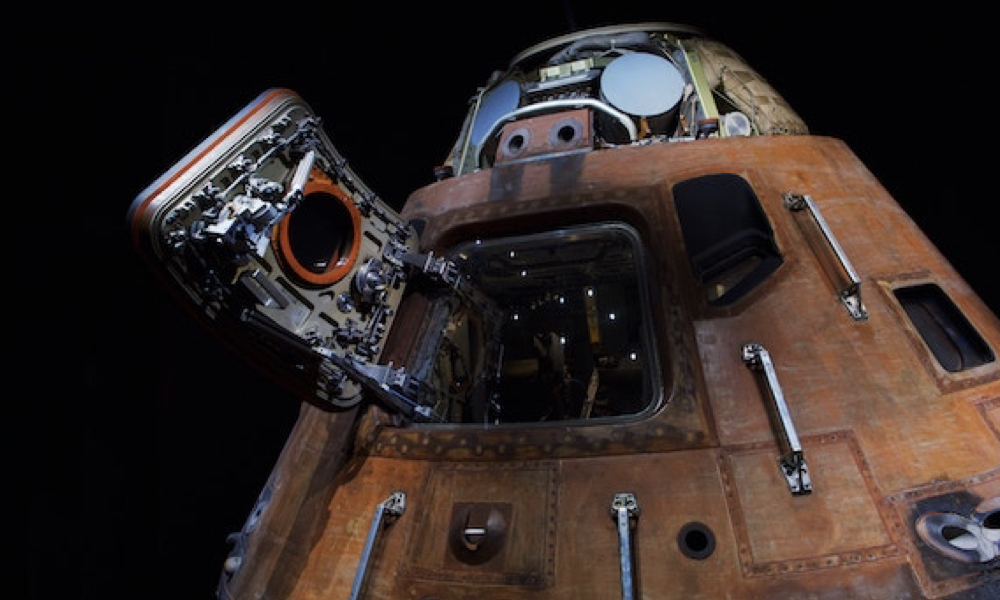
ESA Open Invitation to Tender AO10649
Open Date: 18/01/2021
Closing Date: 31/03/2021 13:00:00
Status: ISSUED
Reference Nr.: 21.164.01
Prog. Ref.: ARIEL Development
Budget Ref.: E/0436-01 – ARIEL Development
Special Prov.: BE+DK+FR+DE+IT+NL+ES+SE+CH+GB+IE+AT+NO+FI+PT+GR+LU+CZ+RO+PL+EE+HU+CA+SI+LV
Tender Type: C
Price Range: KEURO
Products: Satellites & Probes / Other
Technology Domains: Others
Establishment: ESTEC
Directorate: Directorate of Science
Department: Projects Department
Contract Officer: Byberg, Helena
Industrial Policy Measure: N/A – Not apply
Last Update Date: 18/01/2021
Update Reason: Tender issue
Published to potential subcontractors for information only:Ariel, the atmospheric remote-sensing infrared exoplanet large-survey, is the fourth medium sized mission (M4) within ESAs Cosmic Vision science programme and was selected in June 2015 to enter an assessment phase (Phase 0/A). It is the first mission dedicated to studying the atmospheric composition and thermal structures of a statistically large and diverse sample of transiting exoplanets ( 500). It will achieve this through a combination of transit photometry and spectroscopy over the wavelength range 0.5 – 7.80 m. Ariel is due for launch in 2029 on board an Ariane 6.2 and will operate from an orbit around the second Lagrangian Point (L2) of the Sun-Earth system for a nominal mission lifetime of 4 years (mission sized to allow an extension to 6 years).The spacecraft (total wet mass ~1400kg, power budget ~1kW) is composed of the Service Module (SVM), onto which the Payload Module (PLM) is integrated. The SVM hosts all the platform elements of the spacecraft such as the attitude and orbit control, data handling and communications systems, as well as warm electronics units and the cryo cooler of the payload. The PLM hosts the telescope assembly, passively cooled to<70K, containing an afocal off-axis Cassegrain telescope and common optics, which direct the incoming light to the two science instruments. The instruments consist of the Ariel IR Spectrometer (AIRS), covering the wavelength range 1.95 – 7.80 m and the Fine Guidance System (FGS) instrument which contains 3 photometric channels, VISPhot (0.50-0.60 m); FGS1 (0.60-0.80 m) and FGS2 (0.80-1.10m),as well as a low resolution spectrometer covering the waveband 1.10-1.95 m. The FGS1 and FGS2 channels also serve as Fine Guidance Sensors in the attitude control loop of the spacecraft. Mission operations will be run using the ESA ground station network with the Mission Operations Centre (MOC) at ESOC and the Science Operation Centre (SOC), located at ESAC. The SOC will be supported by the Instrument Operations and Science Data Centre (IOSDC) provided by theAriel Mission Consortium.
If you wish to access the documents related to the Invitation to Tender, you have to log in to the ESA Portal.
